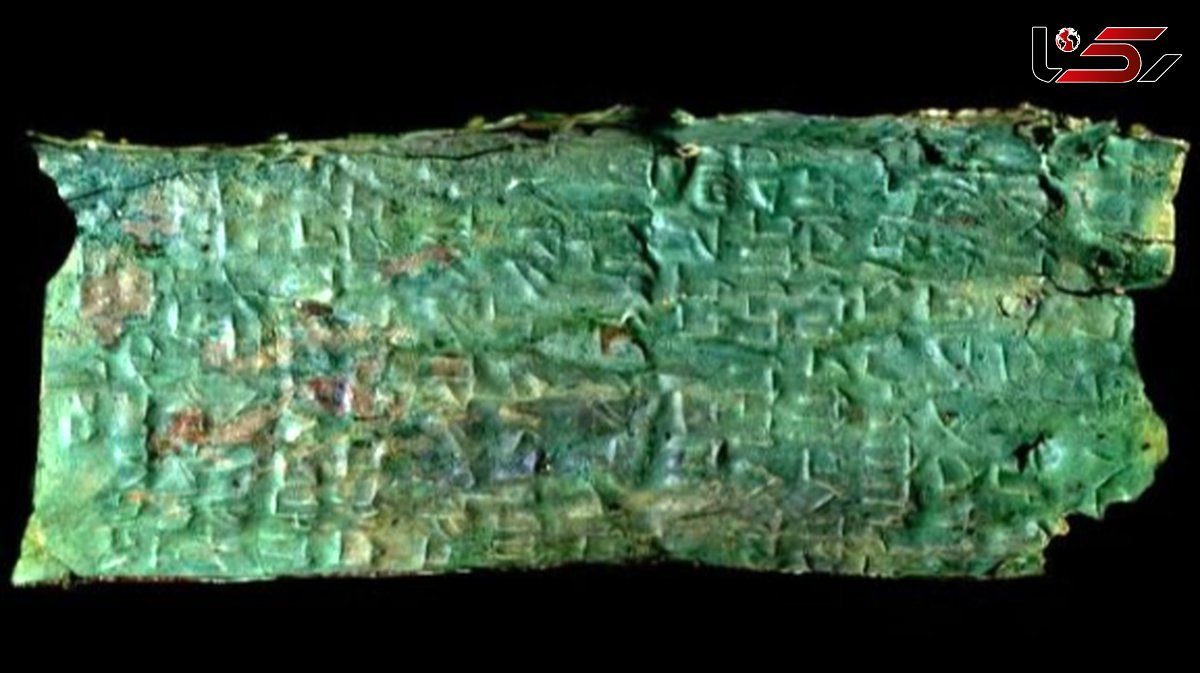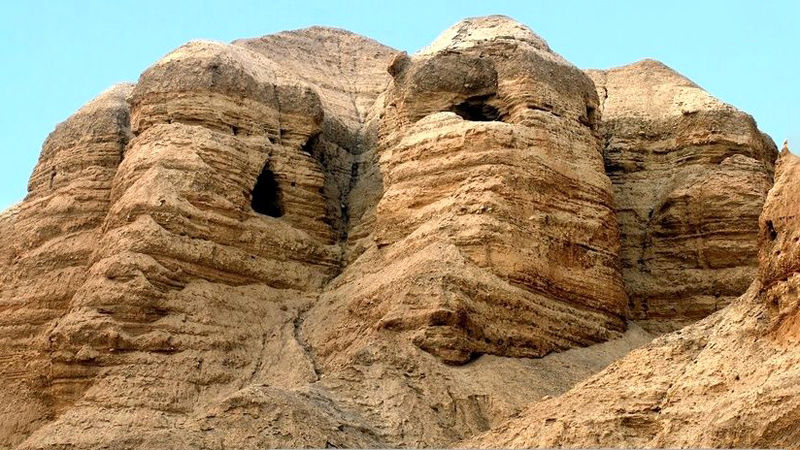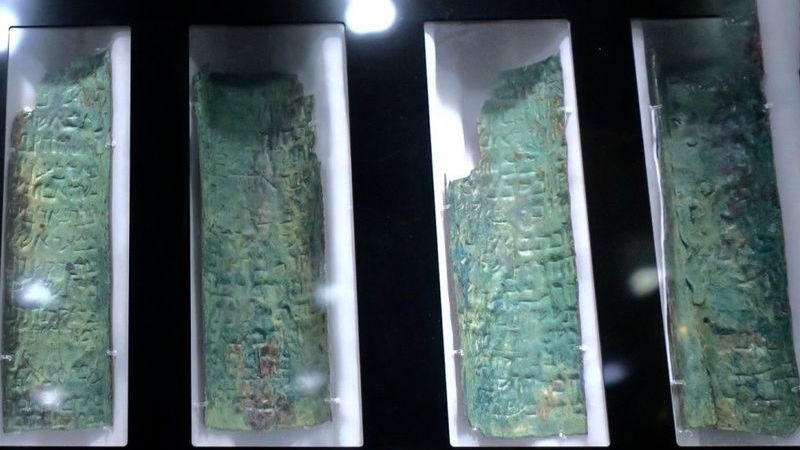The Enigma of the “World’s Oldest Treasure Map” Whose Hoard Remains Undiscovered
Rokna Social Desk: The “Dead Sea Copper Scroll” is among the most astonishing and mysterious archaeological discoveries of the twentieth century. It was unearthed on March 14, 1952, deep within Cave No. 3 of Qumran, near the Dead Sea in Palestine.

Unlike the other scrolls found in the Qumran caves, this remarkable document was engraved on a sheet of metal made from an alloy of copper and tin. Due to severe corrosion of the metal, it could not be unrolled by conventional methods. Consequently, in 1955, it was cut into 23 narrow strips to allow examination of its contents.
Language and Script Indicating a Different Era
According to reports, the language used in this scroll is a form of Hebrew not found in other Qumran documents. This linguistic difference indicates that the scroll was written in a period and under circumstances entirely distinct from those of the other texts in the collection.

The Qumran Caves: The Site of the Scrolls’ Discovery
Secrets of Millennia-Old Treasures
The Copper Scroll’s content also differs fundamentally from that of the other scrolls. Unlike the religious texts or legal codes typically found in Qumran manuscripts, this document lists 64 locations where “treasures” were buried. In 63 of these sites, vast quantities of gold, silver, sacred objects, and even other scrolls were reportedly concealed with great precision.
For example, one section of the scroll states: “Forty-two talents of gold in the steps of the Salt Pit, and sixty-five gold bars in the third platform of the Old Washer’s House are buried.” If these treasures truly exist and are discovered, their modern value would be estimated in the billions of dollars, making the scroll one of the most captivating and grandest ancient treasure maps ever known.
Many scholars believe this immense wealth belonged to the Temple of Jerusalem and was likely hidden before the destruction of the Temple by the Romans in the first century CE.

The Unrolled Sections of the Copper Scroll, Now Preserved in a Museum
Unsuccessful Searches for the Treasure Sites
Over the past decades, numerous attempts have been made to locate these treasures—from extensive excavations in the 1960s to modern scientific investigations combining semiotics with geographic analysis in search of the precise sites. Interestingly, in 2007, a researcher named Jim Barfield reportedly identified steps and basins matching the scroll’s descriptions near Qumran, but legal restrictions prevented further excavation.
A Treasure Map That Continues to Inspire Adventurers
Due to its extraordinary content and detailed descriptions, the Dead Sea Copper Scroll remains the oldest and most enigmatic treasure map in history. This document, which meticulously lists exact locations and specified quantities, continues to conceal unsolved mysteries. Perhaps, one day in the future, these secrets will be revealed, leading to the discovery of a vast hoard of treasure.
Send Comments